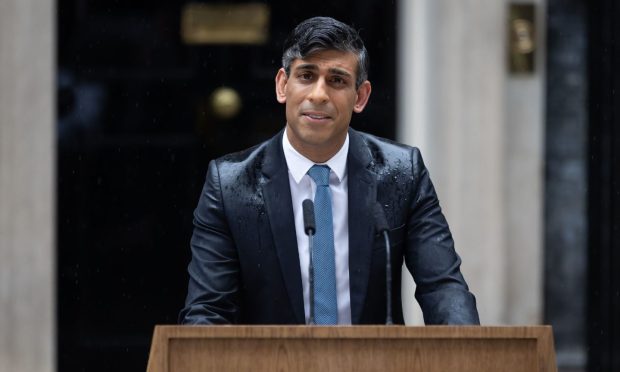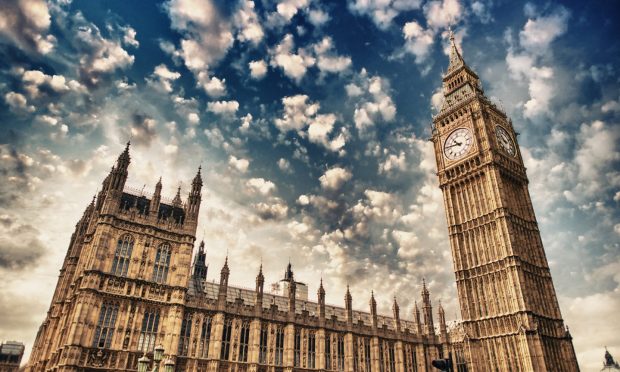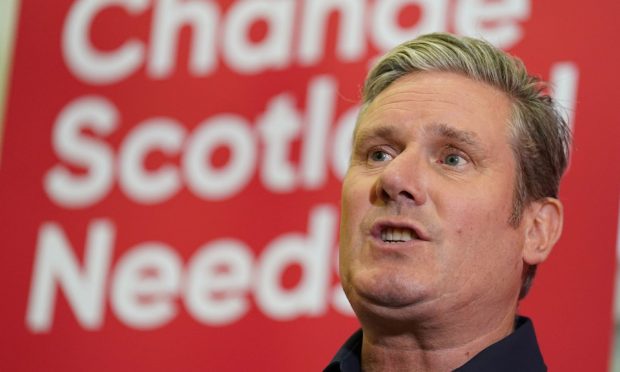Prime Minister Rishi Sunak has announced the date for the next general election after months of speculation – so what happens next?
The Tory leader kick-started the campaign on May 22 with an official announcement outside 10 Downing Street in the pouring rain.
Here’s all you need to know about how it will work – from how many MPs are being voted in across Scotland to how the UK Government will be elected.
When will the election be held?
Mr Sunak announced the election date as Thursday July 4.
General elections are typically always held on Thursdays, but a summertime vote is unusual.
The last day of business at the UK Parliament will be on May 24, before it is then “dissolved” for the duration of the campaign on May 30.
Any candidates seeking to put their name forward or withdraw from the election process will need to do so by June 7.
Which parliament does this cover?
The vote in July is being held to elect MPs to Westminster, the UK’s national parliament.
A total of 650 seats will be contested at the next election, including 57 in Scotland.
As it stands, the Tories have a majority in Westminster which they are seeking to defend.
The SNP hold the most seats north of the border but that means nothing in terms of the full parliament covering the whole of the UK.
From the election, the winner will seek to form a government for the UK either on its own or with a partner, like when the Tories ruled with the Lib Dems.
The UK Government holds the main levers of power, including foreign policy, defence, the Treasury and immigration.
How are MPs elected?
Westminster candidates will be elected using first-past-the-post, a winner-takes-all voting system which has been used in the UK for centuries.
Voters in Scotland’s 57 constituencies, just as everywhere else in the UK, will each cast a ballot for a single candidate.
Whoever has the most support once ballots are counted is then elected as an MP, even if they do not obtain a majority of votes in their seat.
When all results are tallied across the UK, the largest party forms the government if they have managed to secure a majority of MPs.
The first-past-the-post voting system is typically kinder to larger political parties, since smaller groups struggle to win individual constituencies.
MPs are not bound to the political parties they represent and can remain in their posts even if they defect.
For example, Kirkcaldy MP Neale Hanvey – standing again on July 4- defected to the Alba Party from the SNP in 2021.
What does it mean for Scotland?
Westminster does not cover devolved policy areas controlled by Holyrood, such as health, education, and transport.
Those major departments will continue to be run in Scotland by the SNP, who hold power as a minority government.
From polling before the election was announced, the July 4 election could result in a major shake-up to Scotland’s current political landscape.
The Labour Party is resurgent north of the border and could be set to make major gains across the central belt and in Fife.
At UK-level, Labour leader Sir Keir Starmer is expected to win the election and replace Mr Sunak in 10 Downing Street.
However, the Tories may manage to hold onto key seats in Scotland even if a major defeat looms in Westminster.
How do I register to vote?
You must be aged 18 and over to vote in a Westminster election.
You can register on the UK Government’s website here – a process which only takes about five minutes.
The deadline to apply for a vote is on June 18, just over two weeks before the election will take place.
If you are not going to be in the country or if the election is taking place on an inconvenient date, you can cast a postal vote in advance.
That may be particularly crucial at this election given it will take place when schools are mostly closed for the summer and many families are on holiday.
The deadline for a postal vote application is June 19.
Polling stations across the country will be open on July 4 from 7am to 10pm.
Get more of our political coverage here:




Conversation